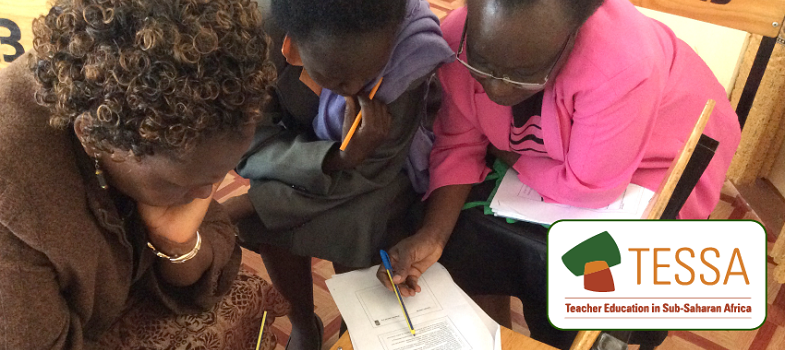2. Preparing pupils to discuss sensitive topics
Discipline is important in every classroom. However, the topic of HIV and AIDS can cause pupils to react differently to the way they behave in other lessons. In Module 1, Section 4 [Tip: hold Ctrl and click a link to open it in a new tab. (Hide tip)] you devised classroom rules. You may find that you need to extend those rules to encourage open discussions about HIV and AIDS and sexual activity. It can be a helpful lead in to the topic to discuss with your class why special rules are needed and ask them to suggest the rules themselves.
Resource 2: The classroom atmosphere gives some guidelines on how to make sure the classroom is an enabling environment in which your pupils can explore the topic of HIV/AIDS.
Case Study 2: Dealing with difficult pupils in class
Chinyere was very tired – it had been a difficult day. She is a student teacher on practical teaching at JosPrimary School and her mentor had asked her to teach some lessons to Primaries 4, 5 and 6 on HIV and AIDS. She did not feel very confident. They had been given some sessions on this at college (see Resource 2), which helped her prepare. She had been confident about working with the younger pupils, but had been very concerned about the Primary 6 class. There are a lot of older boys in that class and Chinyere felt sure they would disrupt the lessons.
She was right; she had just started the first lesson about developing the new classroom rules when Thomas started to ask her questions about her own sex life. She was shocked at first, but she quickly told him not to be personal and carried on. Then, during group work, the class had got very rowdy and noisy with lots of laughter and her mentor had come to see what all the noise was about.
Chinyere split up the noisy boys’ group, but when they were giving feedback Thomas and his friends kept describing explicit sexual behaviour to make the class laugh and make her embarrassed. She reminded them of the class rules and said they risked not being able to participate if they could not be responsible. She had dealt with them well, by ignoring most of their comments or turning the comments around to make a factual point. But it had been exhausting and she was glad when the bell went for the end of school. Next time, she would talk to these boys before the lesson about respect and what she would do if they misbehaved. She would try to help them understand the importance of the topic.
Activity 2: Creating an enabling learning environment
First read Resource 2.
Part of your preparation for teaching about HIV and AIDS with your class involves preparing the pupils as well as yourself. You learned earlier about developing classroom rules to help effective learning on sensitive topics. Now you need to do this with your own class.
- Explain to the class that you are going to be doing some work on HIV and AIDS.
- Review the existing classroom rules that you have by putting the class into groups to discuss if they are relevant.
- Ask each group to think of no more than three extra rules they would like to have during this work.
- Each group suggests their additional rules, which are written on the board.
- As a class, agree the additional rules you want.
- Discuss all the rules with the class, including the new ones, and make sure everyone is clear why these rules are needed for this topic.
- What will you do if they ignore the rules? Agree with your class what limits or sanctions you will use.
1. Focus on planning



